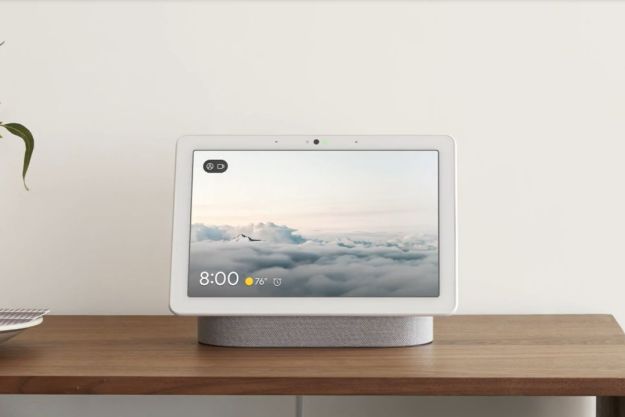Smart home technology is no longer limited solely to residential use. Syracuse has begun to upgrade the city’s streetlights to LEDs equipped with a “smart node” on top. According to Andrew Donovan of WSYR, bucket trucks will begin installing 3,000 lights per month until they complete the project with a total of 18,000 new streetlights across the city. The brightness of the lights can be controlled remotely, and sensors will automatically inform officials of broken lights.
But Syracuse isn’t the only city switching to smart lights. Apolitical reports that Pittsburgh has reduced travel time by 25% through the use of smart traffic lights. The Baltimore Sun reports that Baltimore is fast-tracking a program to introduce smart lights throughout the city. According to the Rivard Report, San Antonio is testing smart streetlights that not only improve lighting conditions throughout the city, but also track and measure flood patterns, temperature, air quality, and even available parking spots.
These four cities are just a few examples of dozens throughout the nation that understand the potential of LEDs and smart lighting. When you consider that 90% of the energy produced by traditional bulbs is given off as heat, it isn’t hard to understand how much power is wasted. Switching to LEDs can save up to $45 per year on energy bills in the average home, according to Energy.gov. How much more can cities with thousands — or in the cases of San Antonio and Pittsburgh, hundreds of thousands — of streetlights save by making the switch?
LEDs last longer than traditional bulbs and produce less heat, which means less heat pollution and less waste. The ability to remotely control lights from a central location and be alerted to outages means the cities will be better able to repair street lights and improve safety for residents across the area.
These smart initiatives are born out of a desire to improve the quality of life for residents and cut back on municipal expenses. As smart technology spreads from the home to the city, residents can hope to be better informed about traffic congestion, weather conditions, and much more. Even small changes like a green light above available parking spots would make the search for a spot outside your favorite coffee shop that much easier.
Editors' Recommendations
- Yale’s newest smart lock is designed for renters
- Home Depot’s Hubspace is a great way to start building your smart home
- Echo Hub vs. Echo Show 8: Which is the best option for your smart home?
- Echo Show 8 vs. Echo Show 10: is the bigger device a better smart display?
- What is IFTTT and how can you use it in your smart home?




